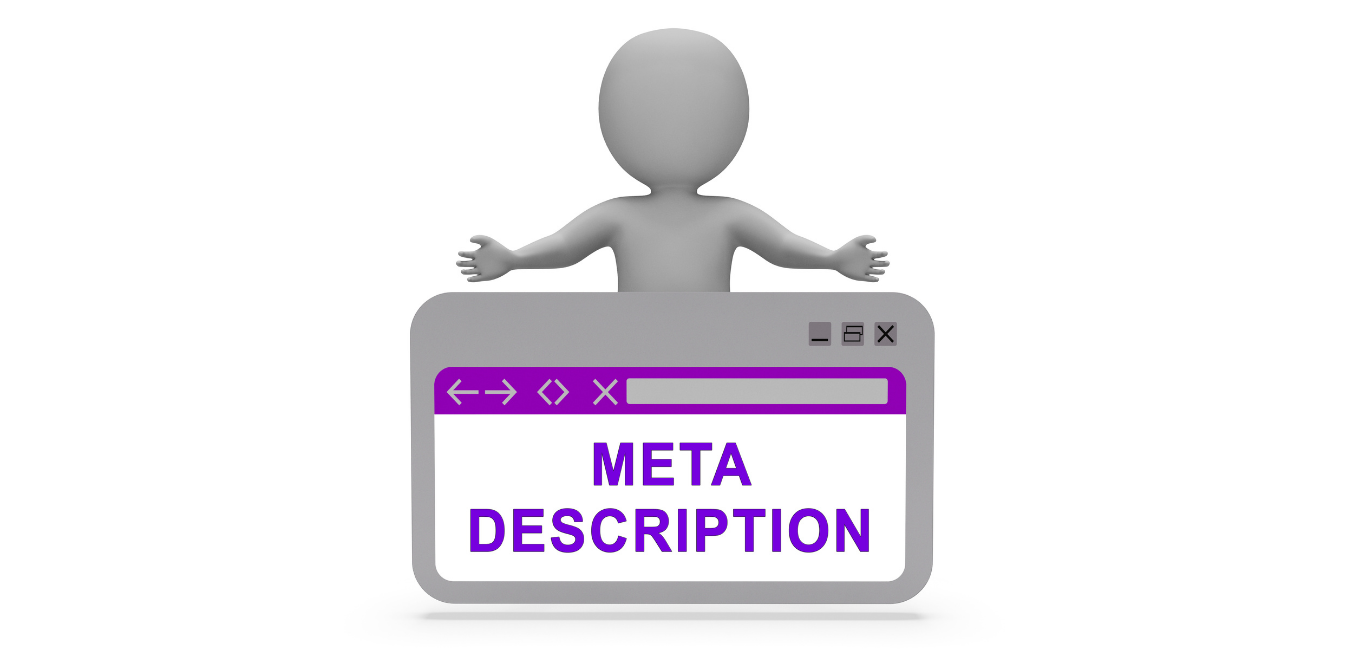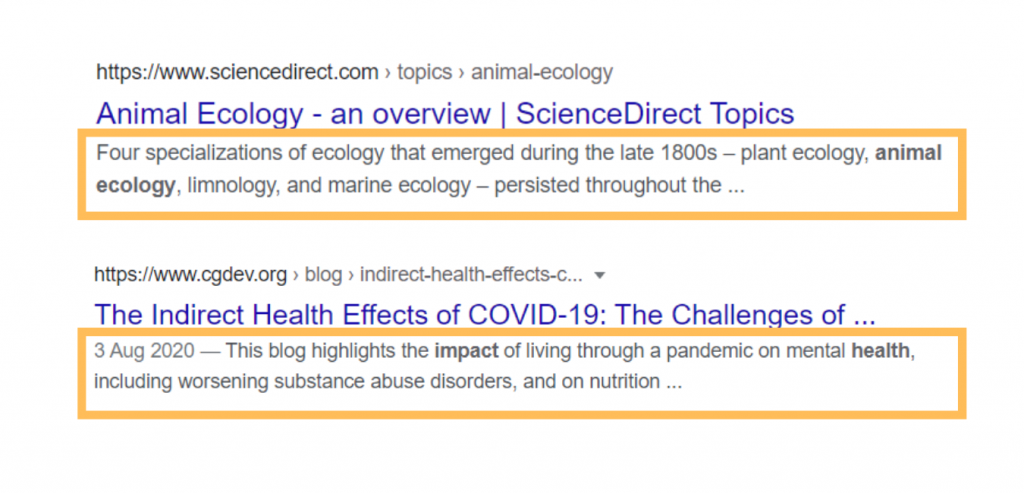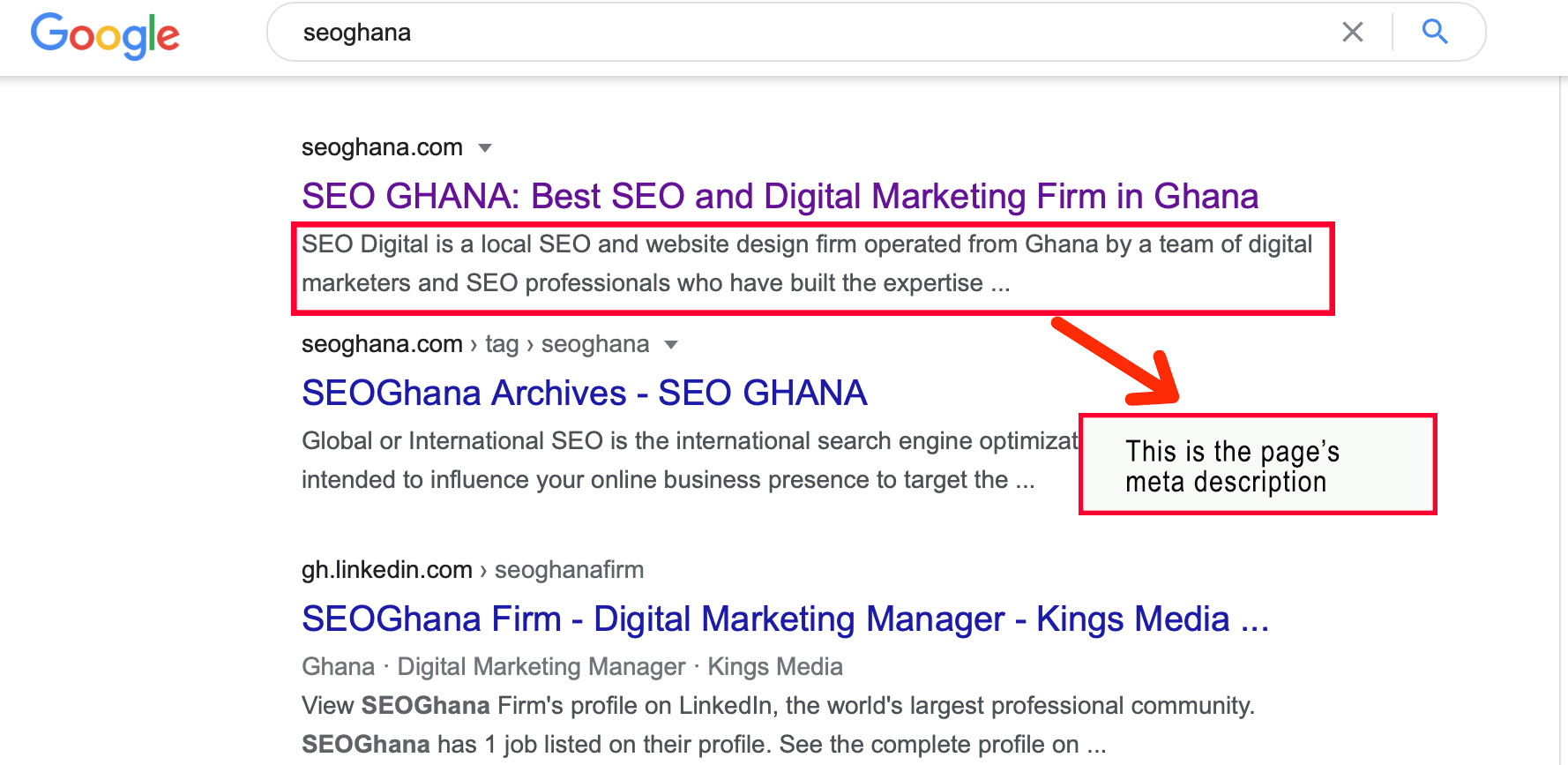
Approximately 70,000 cumulative profiles, Pages, and groups have been removed from Facebook and Instagram as a result of Meta’s significant action against a well-known sextortion group operating out of Nigeria. Additionally, the mechanisms to prevent them from returning have been strengthened.
Meta says that these accounts were associated with a group called “Scammers,”.
These scammers originally relied upon the old “Nigerian Prince” type of scam, where they’d try to dupe unsuspecting marks with promises of riches. But more recently, they’ve switched to romance scams, where they create fake profiles, then convince their targets to share money and/or personal details to maintain the relationship.
Meta says :
”We removed around 63,000 Instagram accounts in Nigeria that attempted to directly engage in financial sextortion scams. These included a smaller coordinated network of around 2,500accounts that we were able to link to a group of around 20 individuals. They targeted primarily adult men in the US and used fake accounts to mask their identities. 63k profiles is a lot, and you can imagine how this group could look to use a coordinated effort of this size to intimidate targets.”
In addition to this, Meta also notes that it detected a coordinated network of around 2,500 accounts through a combination of new technical signals and processes. The majority of these accounts had already been detected and disabled by our enforcement systems, and this investigation allowed us to remove the remaining accounts and understand more about the techniques being used to improve our automated detection.
In other words, Meta has effectively been able to use this research to gain additional knowledge on the ways in which these ”Scammers” and other groups plan and collaborate in order to put pressure on users.
Which should put Meta in a better position to prevent such incidents in the future, but as is always the case, as detection systems advance, so do the strategies used by these groups. Although it’s still a cat and mouse game, Meta appears to have prevailed in some of the bigger, more significant (at scale) incidents overall, according to its continuous reporting.
Meta eliminated 5,700 groups and 1,300 Facebook pages that had been disseminating advice on how to pull off online frauds in addition to these profiles.
But again, the scammers will evolve, and in the age of AI, there are now all new vectors for them to tap into to initiate their schemes. Hopefully, Meta will also be able to evolve its systems in line, in order to maintain some kind of balance in enforcement.
What do you think about this initiative ?






